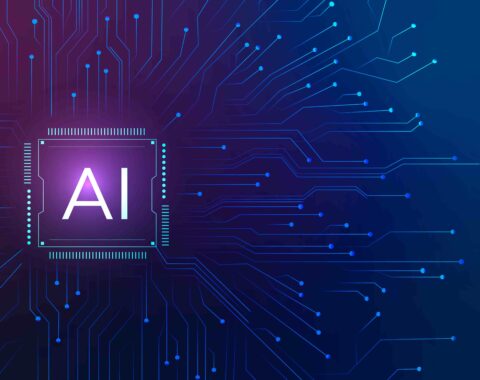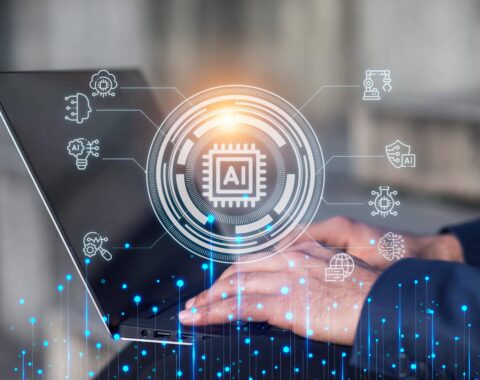There is a close relationship between AI and machine learning in computer science. Both of these technologies are now at the forefront of intelligent system development.
There are several contexts in which the names are interchangeable despite the fact that they refer to distinct technologies. Therefore, it is interesting to learn the difference about machine learning vs artificial intelligence.
While artificial intelligence (AI) refers to a broader goal of building intelligent robots with human-like cognitive abilities and behavioral mimicry, machine learning is a specific application or subtype of AI that enables computers to learn from data automatically, without human assistance.
Similarities Among Machine Learning Vs Artificial Intelligence
As a first step towards comprehending the basis of both fields, let’s explore the areas that overlap between artificial intelligence and machine learning:
- Automating processes.
Artificial intelligence (AI) and machine learning (ML) both seek to streamline processes that once required human involvement. It involves data processing and making choices.
- Computing difficulty.
Dealing with complicated problems can be challenging. However, specialized hardware like GPUs is typically necessary for AI and ML due to these fields’ high processing power requirements.
- Development across time.
With more data, AI systems can get more innovative, and ML algorithms can learn to do better with additional training data.
- Data-driven
Computing, statistics, mathematics, and engineering are just a few fields that AI and ML rely upon. However, information is the lifeblood of both machine learning and artificial intelligence. AI and Multidisciplinary domains both need data driven analysis to strategies for further expansion.
Significant Differences of Machine Learning Vs Artificial Intelligence
We can now compare AI with machine learning to see how they vary. Doing so will help us learn when to use each one:
- Limitations
The more extensive definition of artificial intelligence (AI) includes robotics, problem-solving, and recognition of languages. Additionally, there are many domains where machines may simulate human intellect. In contrast, machine learning solutions are devoted to creating algorithms that can learn through data.
- Expertise Development
AI doesn’t always need data to learn. For instance, intelligent systems that are rule-driven, build their choices on an established set of criteria. Moreover, machine learning relies heavily on data for its training and improvement processes.
- Learning styles
ML can be optimized with or without external guidance while artificial intelligence (AI) is rule-based. Moreover, it is completely data-agnostic or employs a wide range of learning strategies. Additionally, it can use machine learning methods.
- Targets
Making machines that can do things usually done by intelligent humans is the holy grail of artificial intelligence. The ultimate goal of machine learning is to equip computers to acquire knowledge from data and make sound judgements or predictions.
- Intervention of people
Sometimes, humans are needed to fine-tune and define rules for AI systems, while other times, it’s more of a hands-off affair. Machine learning, in particular, seeks to automate the learning process from data with minimal human involvement.
- Reliance.
AI includes machine learning as one of its subsets. Therefore, it follows that all AI provides machine learning as a subset, yet not all AI is machine learning.
Conclusion
It is crucial to know the differences between AI and ML, especially those who are interested in exploring these revolutionary technologies. Everybody from CEOs to entrepreneurs can benefit from understanding the accurate use of AI and ML.


